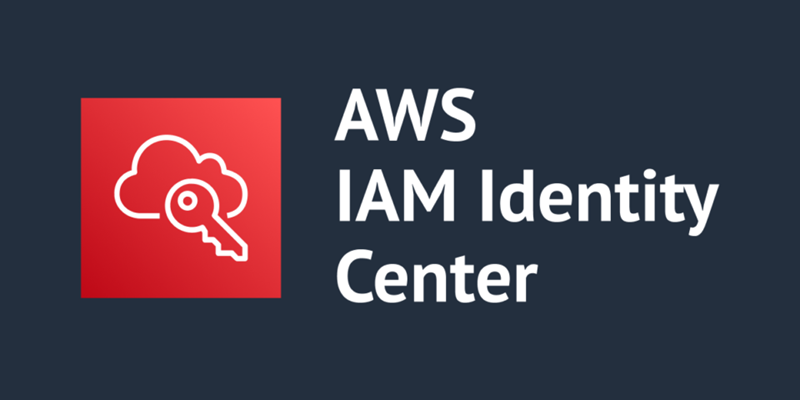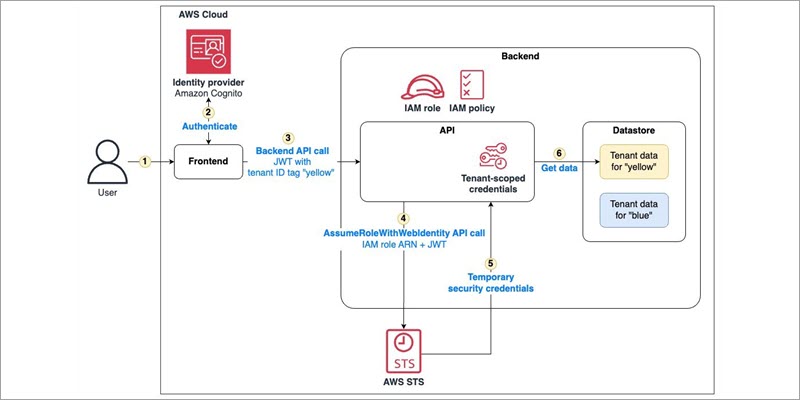AWS Security Blog
Category: Advanced (300)
How to deploy an Amazon OpenSearch cluster to ingest logs from Amazon Security Lake
Many customers use Amazon Security Lake to automatically centralize security data from Amazon Web Services (AWS) environments, software as a service (SaaS) providers, on-premises workloads, and cloud sources into a purpose-built data lake in their AWS accounts. With Security Lake, customers can choose between native AWS security analytics tools and partner security information and event […]
Accelerate incident response with Amazon Security Lake – Part 2
This blog post is the second of a two-part series where we show you how to respond to a specific incident by using Amazon Security Lake as the primary data source to accelerate incident response workflow. The workflow is described in the Unintended Data Access in Amazon S3 incident response playbook, published in the AWS […]
Patterns for consuming custom log sources in Amazon Security Lake
As security best practices have evolved over the years, so has the range of security telemetry options. Customers face the challenge of navigating through security-relevant telemetry and log data produced by multiple tools, technologies, and vendors while trying to monitor, detect, respond to, and mitigate new and existing security issues. In this post, we provide […]
Centrally manage VPC network ACL rules to block unwanted traffic using AWS Firewall Manager
Amazon Virtual Private Cloud (Amazon VPC) provides two options for controlling network traffic: network access control lists (ACLs) and security groups. A network ACL defines inbound and outbound rules that allow or deny traffic based on protocol, IP address range, and port range. Security groups determine which inbound and outbound traffic is allowed on a […]
Access AWS services programmatically using trusted identity propagation
With the introduction of trusted identity propagation, applications can now propagate a user’s workforce identity from their identity provider (IdP) to applications running in Amazon Web Services (AWS) and to storage services backing those applications, such as Amazon Simple Storage Service (Amazon S3) or AWS Glue. Since access to applications and data can now be […]
SaaS tenant isolation with ABAC using AWS STS support for tags in JWT
As independent software vendors (ISVs) shift to a multi-tenant software-as-a-service (SaaS) model, they commonly adopt a shared infrastructure model to achieve cost and operational efficiency. The more ISVs move into a multi-tenant model, the more concern they may have about the potential for one tenant to access the resources of another tenant. SaaS systems include […]
How to securely transfer files with presigned URLs
Securely share sensitive data with time-limited, nonce-enhanced presigned URLs that prevent replay attacks, minimizing exposure risks through granular access controls and rigorous monitoring.
How to issue use-case bound certificates with AWS Private CA
In this post, we’ll show how you can use AWS Private Certificate Authority (AWS Private CA) to issue a wide range of X.509 certificates that are tailored for specific use cases. These use-case bound certificates have their intended purpose defined within the certificate components, such as the Key Usage and Extended Key usage extensions. We […]
Establishing a data perimeter on AWS: Analyze your account activity to evaluate impact and refine controls
A data perimeter on Amazon Web Services (AWS) is a set of preventive controls you can use to help establish a boundary around your data in AWS Organizations. This boundary helps ensure that your data can be accessed only by trusted identities from within networks you expect and that the data cannot be transferred outside […]
Accelerate incident response with Amazon Security Lake
This blog post is the first of a two-part series that will demonstrate the value of Amazon Security Lake and how you can use it and other resources to accelerate your incident response (IR) capabilities. Security Lake is a purpose-built data lake that centrally stores your security logs in a common, industry-standard format. In part […]









